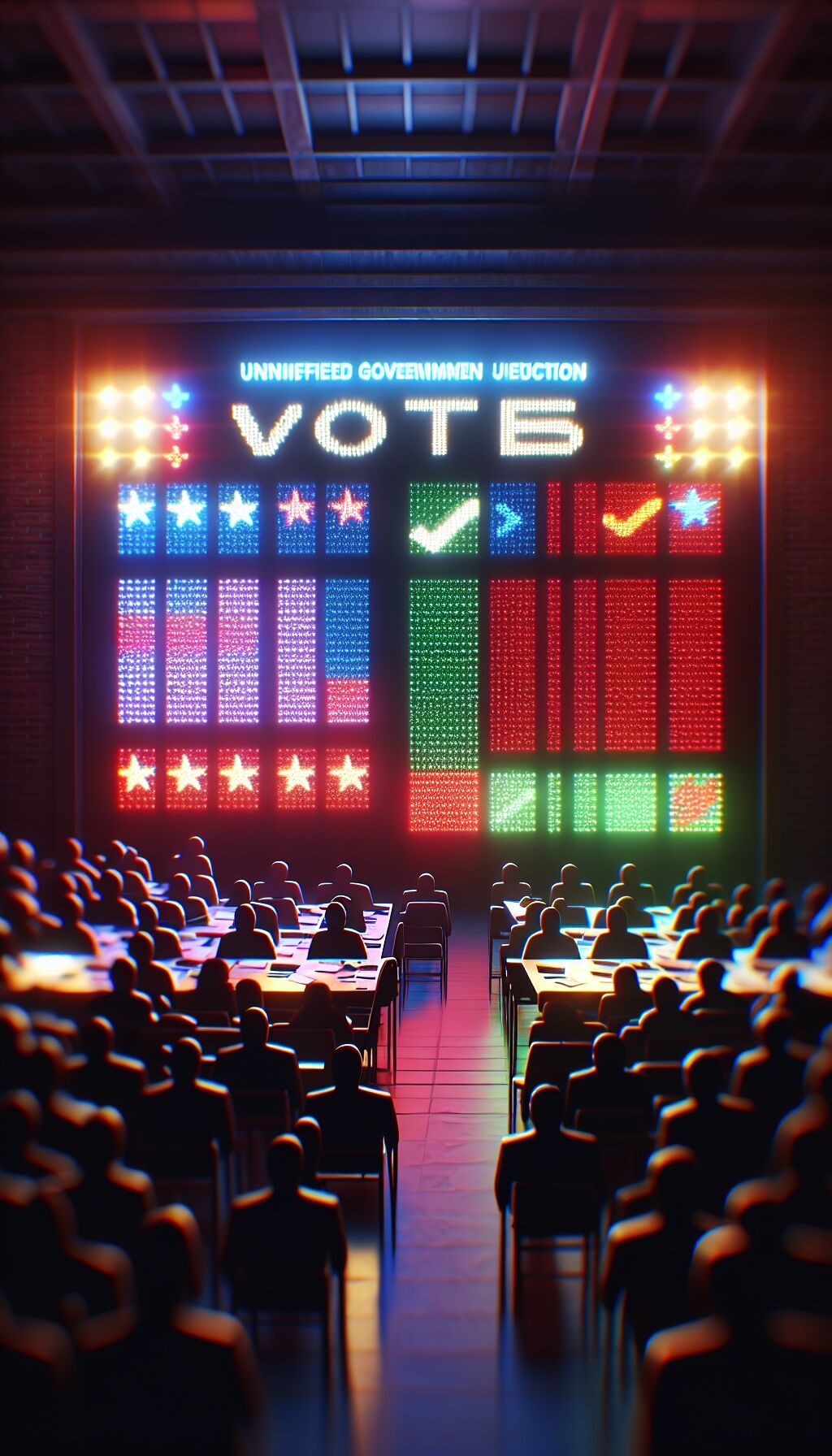Senate Moves Toward Crucial Vote to End Government Shutdown
The Senate is preparing for a pivotal test vote tonight aimed at breaking a filibuster regarding a new GOP spending plan. This test vote holds significant implications. Should the Senate succeed in breaking the filibuster during this vote, it is highly probable that the government shutdown could conclude within days.
Anticipated Test Vote Timeline
The Senate’s test vote is expected to take place sometime between 8 and 10 PM EST. The objective of this vote is to break the filibuster on the revised Republican spending package. This updated bill is designed to re-open the government at least until January 30, granting lawmakers additional time to work on individual spending bills. Notably, the package includes comprehensive funding provisions until next fall for the Department of Agriculture, military construction programs, and veterans’ services.
The Math Behind the Vote
Breaking the filibuster requires a minimum of sixty votes in favor. Republicans are optimistic that they can garner support from a contingent of Democrats to secure the necessary votes to overcome the filibuster.
Key Senators to Watch
Attention should be given to several Democratic senators: Tim Kaine (D-Va.), Mark Warner (D-Va.), Raphael Warnock (D-Ga.), Jon Ossoff (D-Ga.), John Fetterman (D-Pa.), Catherine Cortez Masto (D-Nev.), Angus King (I-Maine), and Jeanne Shaheen (D-N.H.). Additionally, Senate Minority Whip Dick Durbin (D-Ill.) has indicated interest in facilitating the government reopening process.
Potential Roadblocks in the Senate
Uncertainty surrounds whether Senator Rand Paul (R-Ky.) will cast a yes vote. Paul previously voted against the former GOP funding plan, and his decision could be pivotal in determining how many Democratic votes are needed to break the filibuster.
It is important to note that voting to break the filibuster does not automatically mean these senators will support the underlying bill. Should they achieve the required votes to break the filibuster, Republicans could then pass the bill through simple majority without relying on any Democratic votes.
What Happens Next?
If the Senate does manage to secure the 60 votes needed to break the filibuster, the process will continue toward a final vote. However, this could extend until the following weekend. There are two prevailing theories regarding the timeline:
- Immediate Action: Some believe that Democrats, eager to leave the Capitol, might collaborate to forge a time agreement, enabling a swift final vote either overnight or during Monday’s daylight hours.
- Delayed Proceedings: Conversely, others speculate that due to frustrations regarding the healthcare negotiations, Democrats may wish to prolong the debates, potentially delaying a final vote until mid-week.
Internal Party Struggles
The prospect of some Democrats possibly aiding the Republican cause to end the government shutdown has incited outrage within party ranks. There is a growing divide as certain members express their disapproval at assisting the GOP without firm commitments to renew expiring Obamacare subsidies. Tensions along these lines could lead to a significant Democratic rift, particularly after frustrations were previously aired when Senate Democrats helped avert a shutdown back in March.
Consequences of Decisions Made
The ongoing conflict surrounding government funding has drawn ire from rank-and-file Democrats directed at Senate Minority Leader Chuck Schumer. Many feel that Schumer’s previous alignment with Republicans during previous negotiations has caused discontent. As circumstances evolve, opinions regarding Schumer’s leadership and strategy may lead to potential ramifications in upcoming leadership elections.
Factors Driving Democratic Decisions
Pressure stemming from the imminent shutdown has significantly influenced the trajectory of this political discourse. The convergence of aviation disruptions, the prospect of air traffic controller shortages, federal workers facing paycheck delays, and the suspension of SNAP benefit distributions has driven urgency. Other factors contributing to this urgency include some Democrats securing critical spending priorities in the current appropriations bills tied to the package.
Future Implications
While Democrats pushing for Obamacare assistance may feel defeated in their immediate goals, they have drawn national attention to health care affordability issues. This growing awareness provides them with a leverage point they can utilize heading into the 2024 midterm elections.
Conclusion
The Senate’s upcoming test vote constitutes a critical juncture in addressing the government shutdown. The outcomes of this vote bear significantly on both the immediate and long-term political landscape as both parties navigate complex dynamics around spending priorities, party loyalty, and their broader implications in the lead-up to the next elections.












